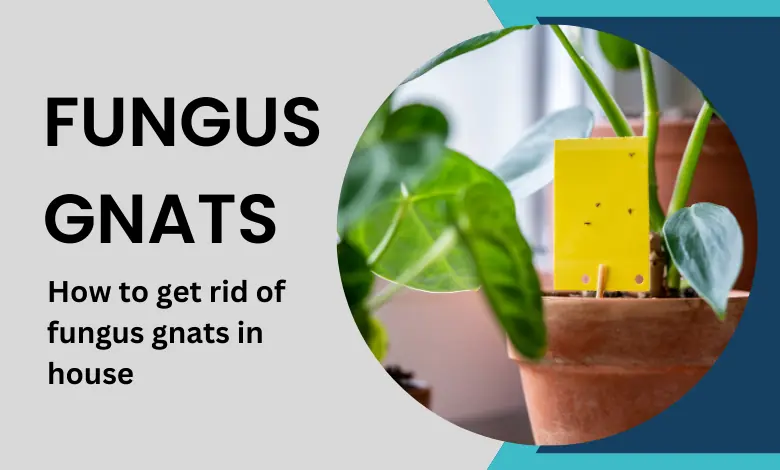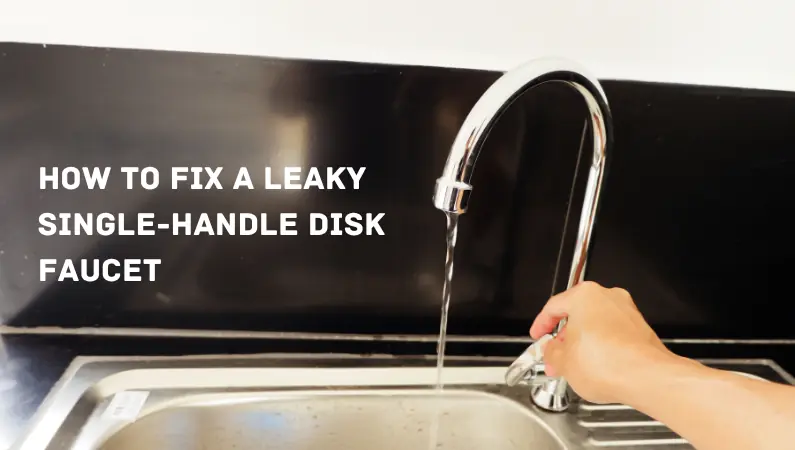Fungus gnats, those tiny, pesky insects that seem to appear out of nowhere, can wreak havoc on your beloved plants. In this article, we will delve into the world of fungus gnats, exploring their life cycle, signs of infestation, and how to get rid of fungus gnats in house.
What are Fungus Gnats and How to Get Rid of Fungus Gnats in House
Fungus gnats are small, flying insects that commonly infest indoor and outdoor plants. These pesky bugs, belonging to the Sciaridae family, are known for their distinctive appearance with long legs and delicate wings. The adult fungus gnats are usually harmless, feeding on organic matter and not causing direct harm to plants. However, it’s the larvae stage that poses a threat to the health of your plants.
The larvae of fungus gnats thrive in moist soil, particularly in over watered or poorly drained conditions. They feed on plant roots, hindering the absorption of nutrients and water. This can result in yellowing leaves, stunted growth, and overall stress for the affected plants.
Identifying a fungus gnat infestation is crucial for prompt action. Adult gnats are often spotted hovering around the soil or flying near plants. Additionally, signs such as yellowing leaves, tiny larvae in the soil, and a decrease in plant vitality indicate the presence of these pests.
Preventing and managing fungus gnats involves adopting proper watering techniques, maintaining good soil drainage, and implementing natural or chemical control methods if necessary. Regular inspection and hygiene practices are essential to keep these tiny invaders at bay and ensure the well-being of your plants.
Signs of Fungus Gnat Infestation
Identifying a fungus gnat infestation early is crucial. Look out for small, flying insects around your plants and the soil surface. Yellowing leaves and stunted plant growth are often telltale signs. These seemingly harmless creatures can pose a significant threat to the well-being of your plants.
Causes of Fungus Gnat Infestation
Understanding the gnat infestation causes is the first step in prevention. Over watering is a leading factor, creating a conducive environment for fungus gnat larvae. Poor soil drainage and decaying organic matter further contribute to their proliferation. Addressing these issues is key to keeping these pests at bay.

Prevention and Control Measures
Proper watering techniques, such as allowing the soil to dry between watering sessions, can disrupt the gnat life cycle. Introducing natural predators like predatory mites and rove beetles helps maintain a balanced ecosystem. Beneficial nematodes are another effective biological control method.
How to get rid of fungus gnats in plants
For those who prefer chemical-free solutions, neem oil is a potent ally. Applying sticky traps to catch adult gnats and incorporating sand into the soil are additional natural remedies that can help keep the gnat population in check.
Chemical Solutions for Fungus Gnat Removal
When natural remedies fall short, chemical solutions can be considered. Choosing insecticides which are safe for plants as well as other is crucial. Hydrogen peroxide, when used in moderation, can also be effective in eliminating gnat larvae from the soil.
Repotting Plants to Combat Infestation
If an infestation is severe, re-potting affected plants is a drastic yet effective measure. Follow proper steps to avoid stressing the plants further, and choose a well-draining soil mix to discourage gnat reproduction.
Importance of Proper Plant Hygiene
Maintaining a clean environment is essential. Regularly clean and inspect your plants, removing any debris or decaying matter. Proper disposal of affected plant material prevents the gnat life cycle from perpetuating.
Common Misconceptions about Fungus Gnats
Debunking myths is crucial for effective control. Many misconceptions exist about fungus gnats, and clearing up these misunderstandings is vital in implementing the right control strategies.
Tips for Choosing Fungus Gnat-Free Plants
Before introducing new plants to your collection, inspect them thoroughly. Quarantine measures can prevent the introduction of gnats and other pests to your existing plant community.
Seeking Professional Help
Knowing when to seek professional assistance is essential. Pest control experts can provide targeted solutions, especially in severe infestations. Choosing a professional pest control services near me ensures the effective removal of fungus gnats.
Fungus Gnats and Indoor Gardening
Indoor plants are not exempt from gnat infestations. Learn how to protect your houseplants and maintain a gnat-free indoor environment for healthier and more vibrant greenery.
DIY Gnat Traps
Crafting your own traps at home is a cost-effective approach. Explore simple DIY solutions using household items to trap and eliminate fungus gnats effectively.
Fungus Gnats in Different Seasons
Understanding seasonal variations in infestations allows for proactive measures. Adapt your control methods according to the time of year to stay ahead of potential outbreaks.
Conclusion
In the battle against fungus gnats, a combination of preventive measures, natural remedies, and, if necessary, chemical solutions can keep your plants healthy. Regular monitoring and swift action are key to maintaining a thriving plant environment free from the nuisance of these tiny invaders.
FAQs About Fungus Gnats
Q.1 Can fungus gnats damage my plants?
A.1 Yes, fungus gnats can harm plants by laying eggs in the soil, leading to root damage and hindered growth.
Q.2 Are chemical solutions safe for my plants?
A.2 Choose insecticides labeled as safe for plants, and follow recommended guidelines for application to minimize risks.
Q.3 How often should I inspect my plants for gnats?
A.3 Regularly inspect your plants, especially after watering, to catch signs of infestation early.
Q.4 Can fungus gnats survive in outdoor gardens?
A.4 Yes, fungus gnats can be present in outdoor gardens, particularly in moist conditions.
Q.5 What is the best preventive measure against fungus gnats?
A.5 Proper watering techniques, allowing the soil to dry between watering, is a key preventive measure.
People Also Ask:


